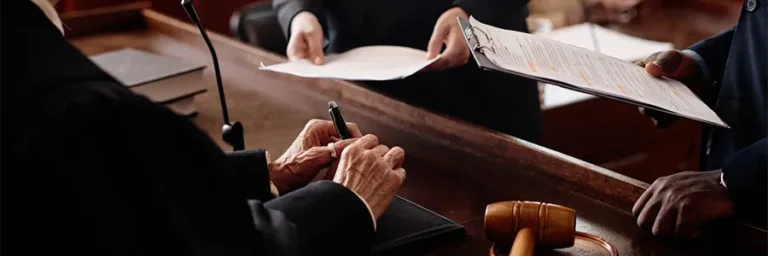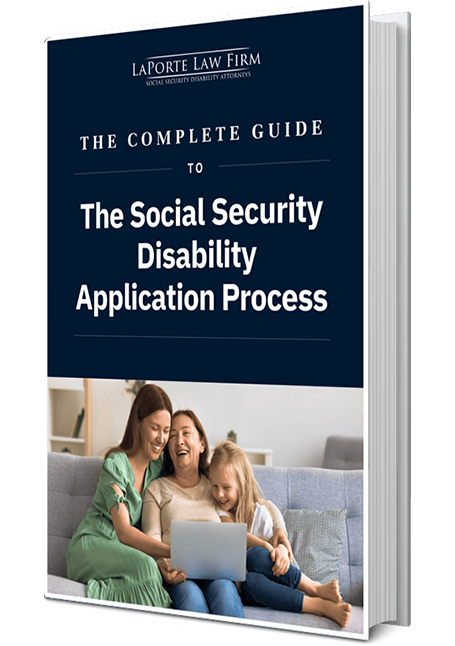Last week, the Supreme Court handed down its decision in the case, Selia Law v. CFPB. The case involved a challenge to invalidate the entire Consumer Financial Protection Bureau (CFPB), a federal agency created to prevent predatory lending. Instead of invalidating the entire agency, the Justices focused on the question of whether the president can remove the CFPB’s sitting director “at will.”
The Supreme Court held that the president may remove the CFPB director at will. The Court held that the CFPB’s structure as an independent agency headed by a single director who could only be removed by the president “for cause” violated the Constitution’s separation of powers doctrine. The president has the power to supervise and remove the head of federal agencies. Congress may limit the president’s removal authority in certain situations, but not in the context of the CFPB, where its director is a single director who acts alone and has significant governmental power.
The Selia Law v. CFPB case could act as an attack on other independent agencies, including the Social Security Administration. Just like the CFPB, the Social Security Administration is an independent agency that has a single head who can only be removed “for cause,” including neglect of duty or malfeasance in office. This may mean that the Social Security Administration’s current director is invalid.
In the Court’s decision, the CFPB was described as a powerful agency that stood alone. The Decision stated that other agencies led by a single administer (like the Social Security Administration) do not have as much regulatory or enforcement power as that of the CFPB. The Court’s decision said, “unlike the CFPB, the SSA lacks the authority to bring enforcement actions against private parties.” But it was also noted that the Social Security’s current structure only dates to 1994 and that president Clinton questioned its constitutionality when signing it into law.
Many argue that the Social Security Administration is as powerful as the CFPB. This argument will likely be made in a challenge to the structure of the Social Security Administration. If a challenge is successfully made and the Social Security’s current structure is invalid, the decisions of Administrative Law Judge’s and the Appeals Council may be called into question. We will continue to monitor the litigation of this issue and its effect on previous decisions.















